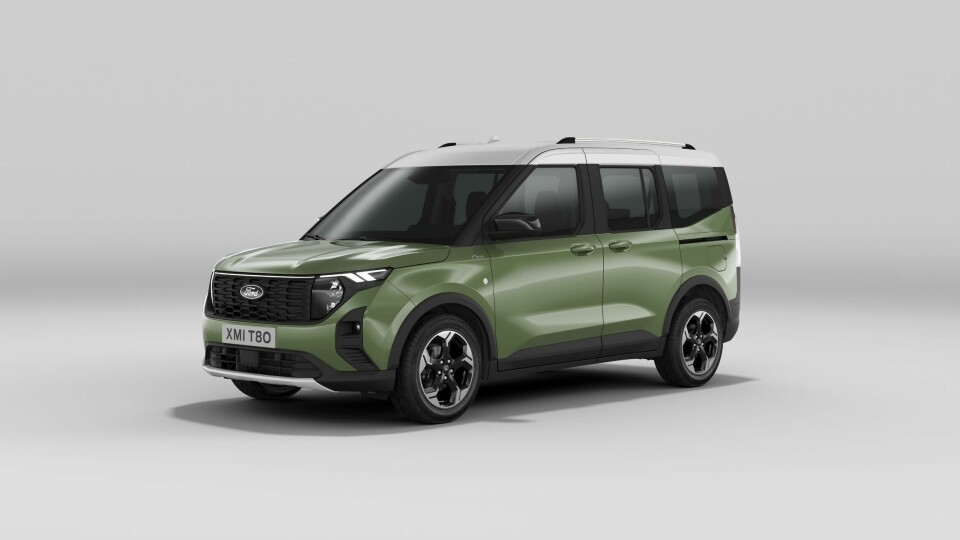
Ford balances form and function with new Tourneo
The new Ford Tourneo Courier has just entered production. We caught up with its design team ahead of the launch to find out how they approached the redesign, and why it balances the needs of various user groups in a way that other vehicles do not
We recently wrote about the utilitarian role of the automobile, something that is occasionally glossed over in contemporary discussions around car design. How a car looks and drives – and whether you can easily connect your phone to it – are of course the first and most important questions to consider these days. But beyond that, what the car allows you to do is something that requires a bit of a deeper consideration.
When it came to creating the new Tourneo Courier, Ford’s design team had quite the challenge on its hands. This is a vehicle that straddles both the passenger and commercial segment, moving both people and goods. It needs to be undeniably useful and rugged, but also carry a softer side to hit the expectations of families and younger outdoorsy folk who would usually go for a crossover of sorts. (In a way, aren’t cars like the Tourneo the ultimate crossover?) Anyway.
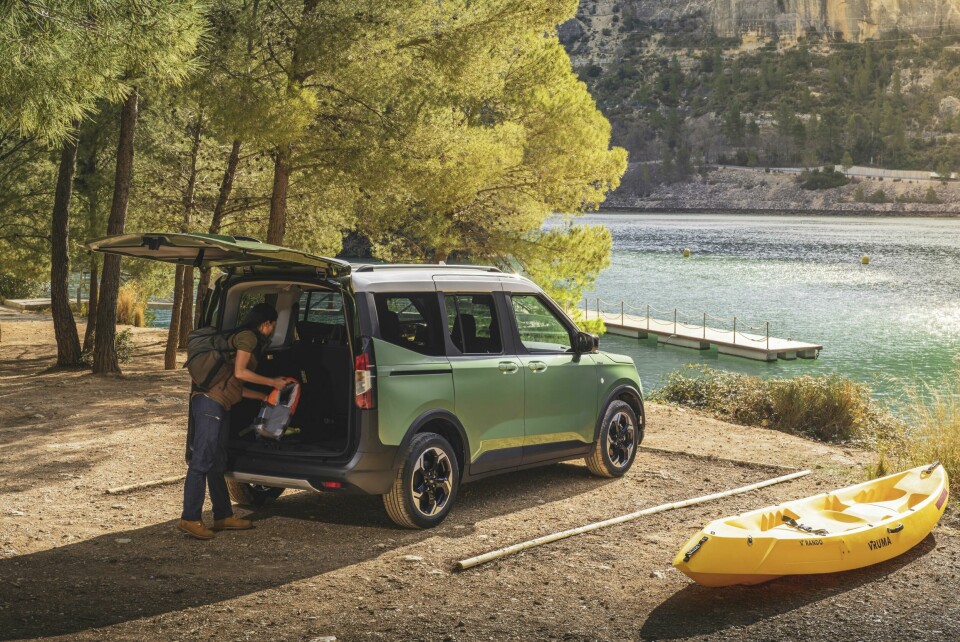
The new model was revealed earlier this year with production beginning last week at Ford Otosan’s factory in Craiova, southwest Romania. We caught up with the European design team, split across Cologne and Istanbul, to learn more about the project and how they managed to balance the needs of two very different sets of customers. At least, that’s what we assumed, but it turns out there are parallels between those using a Tourneo for work and those using it for play (and general family-like taxi services).
The Courier brand needs to do a lot of things
As well as the Tourneo Courier, the new Transit Courier (and E-Transit) has also entered production. While this clearly leans more towards the work side of things, it too must balance the utility of a work vehicle with the visual appeal and general creature comforts of a passenger car. The Transit and Tourneo Courier feel like two sides of the same coin, both negotiating a similar balancing act.
“The Courier brand needs to do a lot of things,” observes Jens Sieber, chief designer, commercial vehicles at Ford of Europe. “It needs to have a strong character, it needs to stand out. The task is to meet the expectation for a passenger vehicle but also all the functional aspects which come with a Transit, having the right load capacity and all that. That’s where we think we did a pretty good job in fulfilling those two bookends.”
Both models are significant, but it is the Tourneo that is the more alluring of the pair. Part of its redesign involved creating an exterior that is, to put it bluntly, more conventionally good-looking. This has been achieved by adding a touch of SUV to the silhouette, new light signatures and clever use of colour to counter its prominent glasshouse and roofline. From the side profile, there are also some subtle outward flicks at each overhang, almost creating the appearance of a diffuser you might see on a sportscar. The surfacing is also a little busier than usual, with a series of creases between the belt and shoulder line adding character. All this, notes Sieber, “should enable us to redefine this segment in a way.”
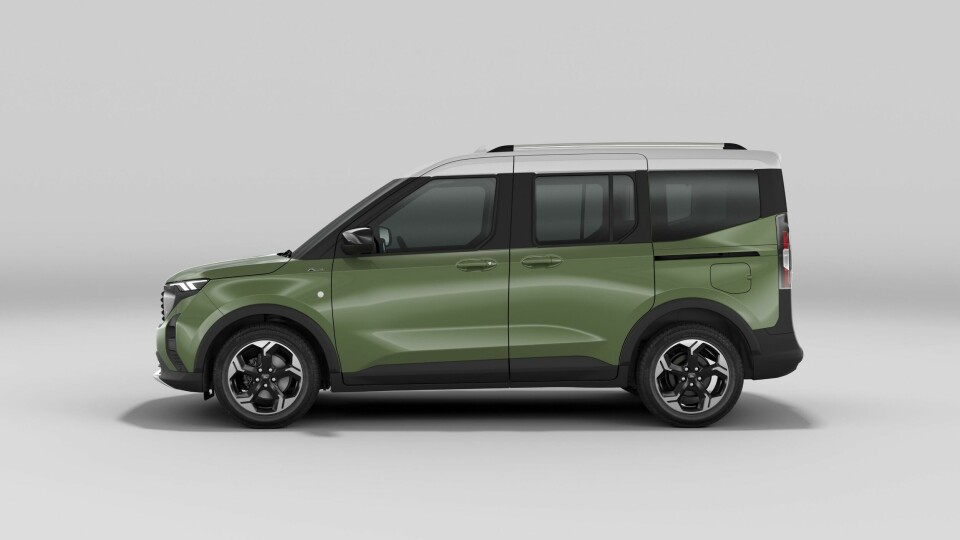
A layman could say this is simply “cooler” following the redesign, and this seems to resonate with exterior and interior design manager Murat Seven. “Our customers expect great functionality and capability, but they don’t want to feel shy when they take their family for dinner and give the keys to the valet parking. The car has to look really good,” he explained. “From the beginning, we had a pretty clear vision to give this vehicle a totally new, fresh appeal. MPVs are disappearing from the market, so you don’t really have those traditional people-movers in the passenger vehicle segment anymore. We saw a chance to reposition the Tourneo brand in the PV segment and have a strong design that really communicates that.”
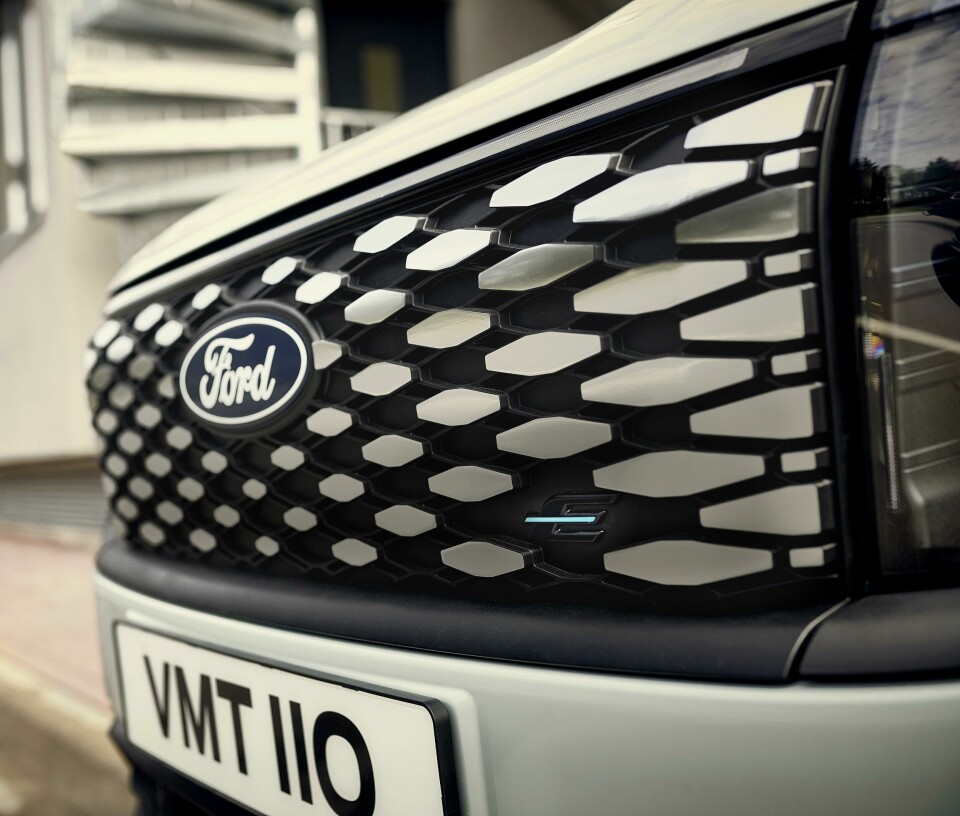
Available as an electric variant, the front grille features a mesh effect created by a collection of octagons that, from a distance, looks like an asteroid field. As is typical of the Tourneo Courier, a sliding rear door brings the car back down to earth slightly – this is an MPV at heart and easy ingress/egress is an absolute must. At the rear, the bootlid opens from the top of the roof all the way to the bottom of the rear skirt. It is a sizeable panel such that goods can be lugged in and out with ease (and without bashing your head, as the boot raises beyond the height of the roof itself.)
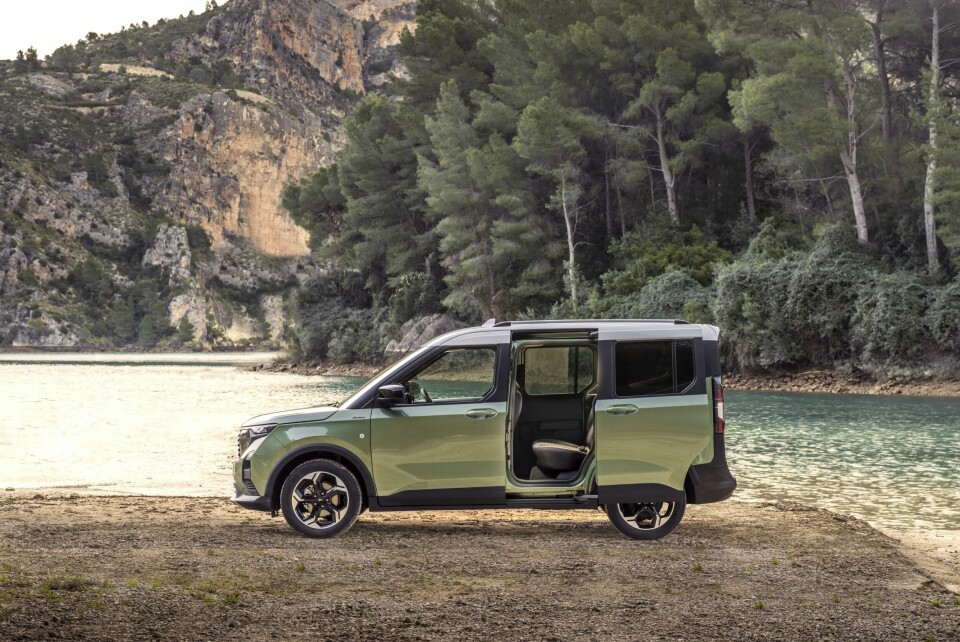
This feeds into another core tenet behind the new-look Tourneo Custom. More than just an MPV, the idea is to meet the needs of adventurous folk who do not necessarily desire a conventional SUV. “We wanted to encourage customers to feel like they can do more with the car, to support their activities,” explains Seven. “This comes with the proportions, the SUV cues, and the whole package. It looks like an activity vehicle, and this was absolutely on purpose.”
A faster rear would mean the car was pretending to be something else
The design team stressed these intentions to the engineering department, Seven adds, ensuring that the car can deliver on what that rugged, SUV-like exterior now suggests. It is at this point in the interview that we (CDN) begin to characterise the Tourneo as an off-road adventurer, but Sieber cautions that this is very much a blend of two worlds – one in the city, and one in nature. The intention was not to dupe customers into thinking this is a fully-fledged off-roader, while also avoiding a faster roofline that might suggest the Tourneo places form over function.
“When we started to develop the side silhouette we wanted a very honest vehicle. It worked well having a – let’s call it a box – at the rear, and a more capable front cabin,” Sieber says. “It gives you bold but very honest proportions. People want to trust what we are promising, that everything you can imagine will fit inside. A faster rear was an option, but they are not as capable at carrying goods and thus are not as honest. It would mean the car was pretending to be something else.”
On the subject of carrying goods, what about the inside? Well, this “multi-activity vehicle” can carry five adults and their luggage quite comfortably, with just over 44% more boot space than the outgoing Tourneo Courier. There is also improved shoulder room and headroom plus various new storage areas, including a configurable centre console, a hidden boot cubby and in the case of the E-Tourneo, a 44-litre frunk.
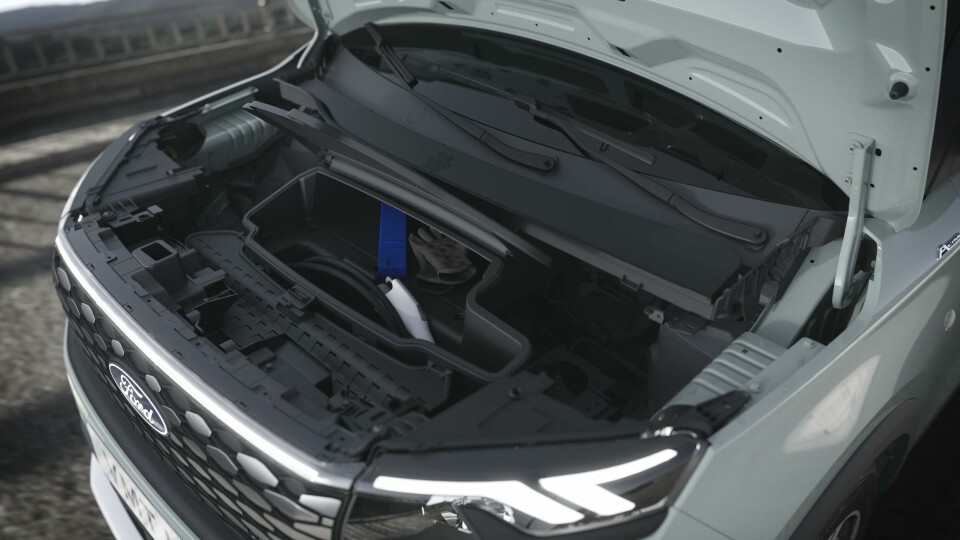
The interior was designed primarily by the team based in Istanbul and began with an exploration of what users really want today and or could benefit from in future. The impact of an electric powertrain was also clearly a hot topic, potentially freeing up areas in the cabin and beyond.
According to Ayca Odabasi, studio manager in Istanbul, research showed that potential customers wanted an agile, multi-functional design that offered alternative storage areas – interchangeable cupholders, trinket trays, laptop storage, or somewhere that allows the passenger to eat, drink, work and relax at once. Again, a lot of this comes down to meeting consumer expectations – creating an interior that matches what is suggested by the exterior. “The interior needs to be in line with what the customer is expecting, so we spent a lot of time finding the right balance in terms of functionality and appearance,” adds Sieber.
Just like the exterior, the interior is characterised by strong lines but feels softer and airy. This is particularly true for the BEV version, which has a different layout to the ICE. There is a totally new instrument panel and centre console, “produced in record time,” notes Sieber, “straight after the design of the ICE was finalised.”
He also recalls a conversation with Ford’s chief program engineer to see if there would be scope for additional investment in the centre console of the BEV. That came through, and led to things like a dedicated area for smartphones with connectivity and cable management slots; a modular console where the cupholder position can be changed; and below the cupholder a hidden storage area for valuables like keys or wallets. There is also the option to remove this section altogether to store a laptop or a tablet.
All this was made possible by the fact there is no gear tunnel. But like a B-segment car, the front seats are very close to each other, and to get a modular storage area in between was not easy. “The team really really squeezed everything we could out of this,” says Seven, “giving effortless functionality from what is quite a small space.”
Stationary moments are crucial in this segment
The interior was also designed for “stationary moments” where passengers might be chilling after a dip in the sea or taking a break to recharge during a longer drive. Perhaps they are having a picnic, or even taking a work call remotely. Maybe you’ve been splashed in the face with a bucket of water after scuba diving (we’ve all been there, right?) Either way, Sieber underlines the importance of getting the interior right. “These stationary moments are crucial in this segment,” concludes Sieber. “You need the right offer in terms of how you can live in that space and interact with all these great features.”
Although this is a car designed very much in Europe and for European customers, the Tourneo does feel more American than usual. That upright front end and wide grille, the muscular surfacing and overall road presence with a high roofline. All this is in line with what we heard earlier from design director Amko Leenarts around the launch of the new Explorer: Ford Motor Company is American, and the plan is to celebrate that moving forward.

































